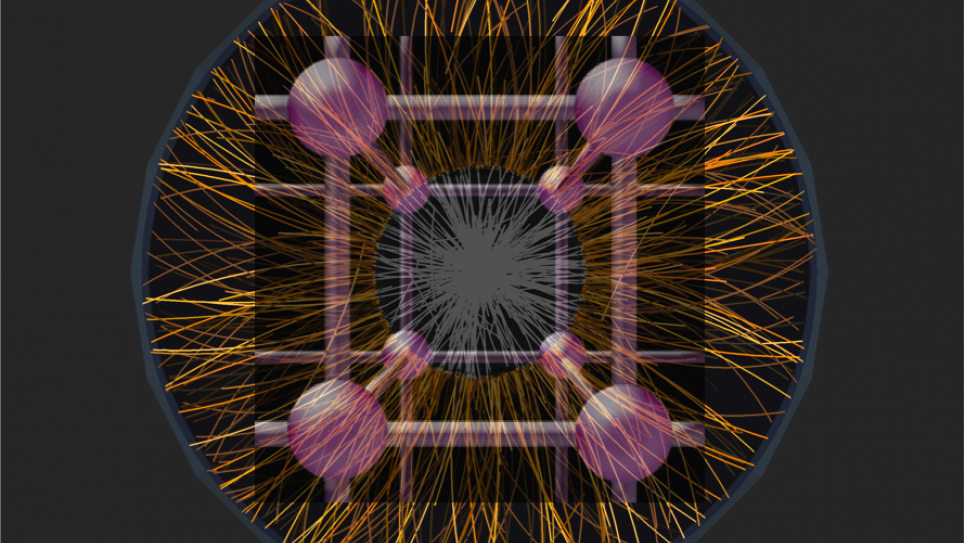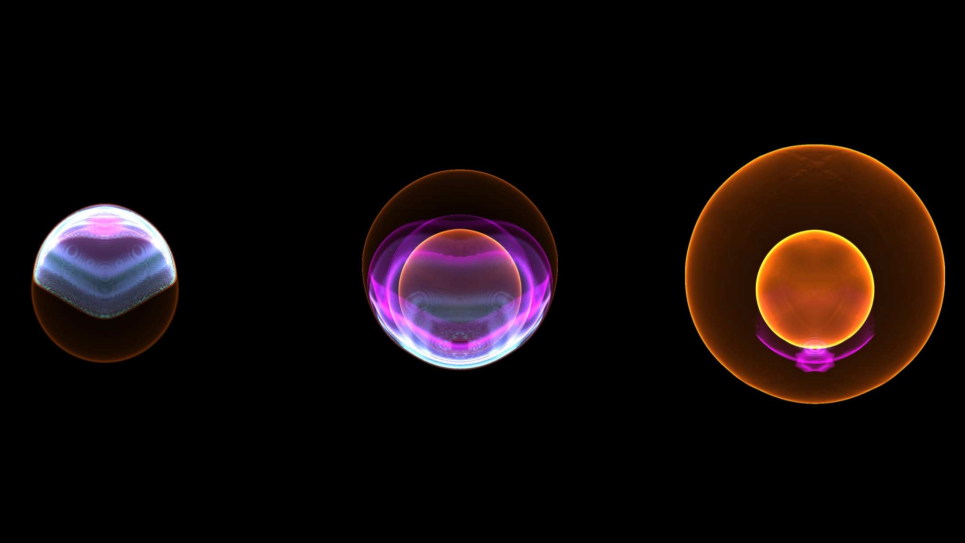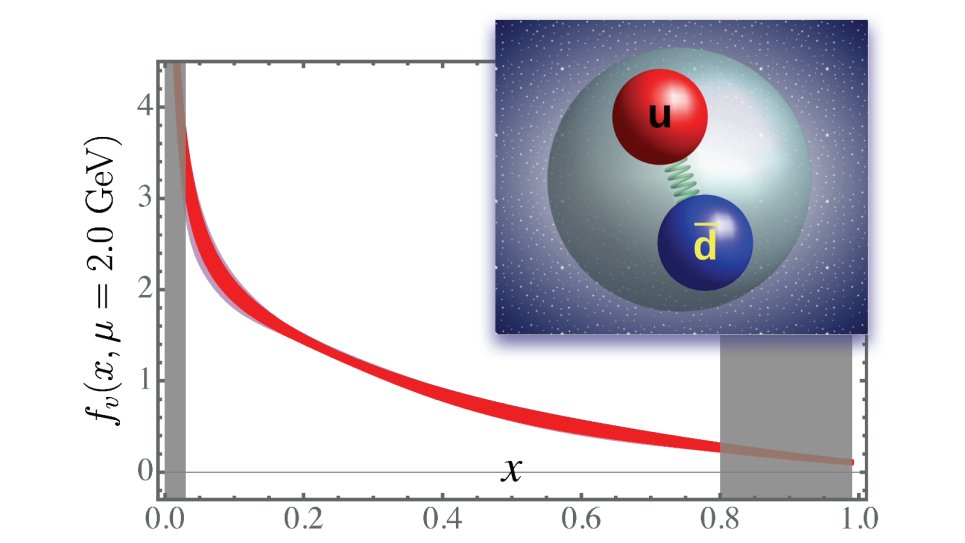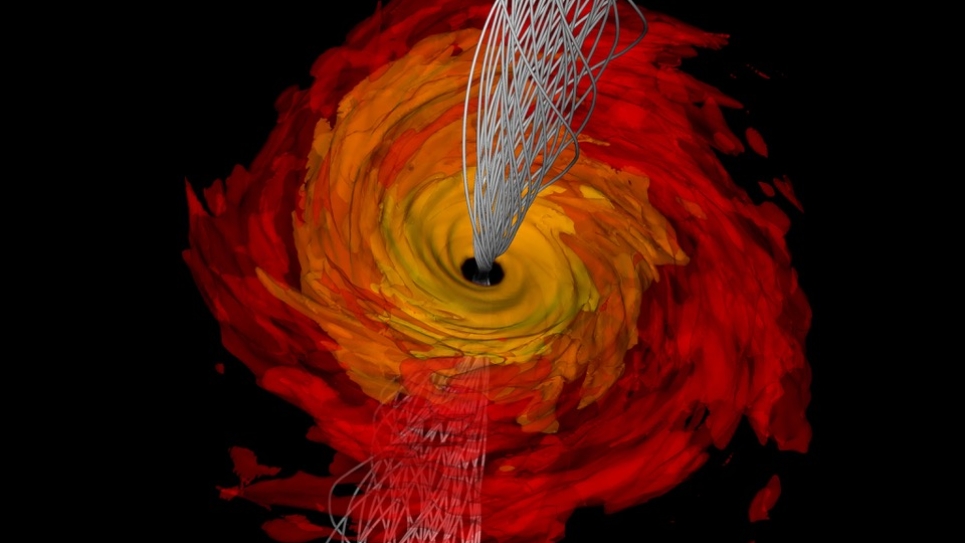
Thermodynamics of Quark Flavors from Lattice QCD
Quantum Chromodynamics (QCD) is a fundamental particle physics theory that describes the interactions between quarks and gluons. At extreme temperatures and/or densities, QCD predicts that ordinary hadronic matter will undergo a phase transition to quark-gluon plasma (QGP). This prediction is now being tested in heavy ion collisions at the Relativistic Hadron Collider (RHIC) at Brookhaven National Laboratory and at the Large Hadron Collider (LHC) at CERN. The goal of this INCITE project is to achieve a fundamental microscopic understanding of the QGP properties near the transition by relating, for the first time, first-principle calculations to experimental measurements in a systematic way. This will provide theoretical background to the experimental efforts by numerically solving QCD on a discretized lattice, in the same conditions of temperature and density as those reached in heavy ion collisions, and for the same physical parameters.
The researchers will leverage DOE leadership-class supercomputers to determine the equation of state, which sets the relation between energy density, temperature and pressure in the hot matter. The research team will also study the QCD transition in great detail, matching computational results to the experiments to test whether there is a new, mixed phase of matter, in which hadrons and quarks can co-exist, and whether there is hierarchy due to flavor
masses, which could lead to preferred formation of exotic states.
The project is very timely since the first measurements from the LHC have just recently concluded and the next experimental campaign will not start before 2015. The research aims to describe some of the obtained results, suggest new observables, and predict the necessary microscopic mechanisms to understand the underlying physics principles of the QCD transition. Findings will be applicable to RHIC and LHC measurements.


